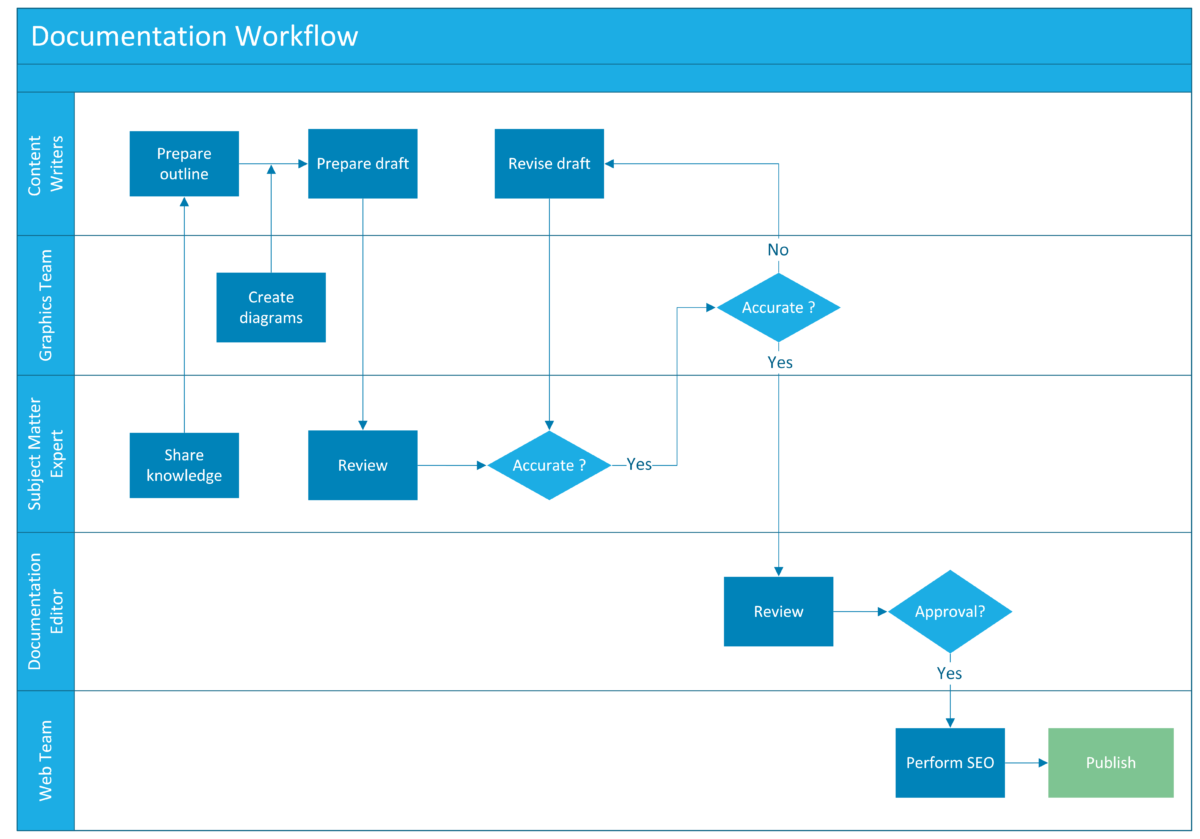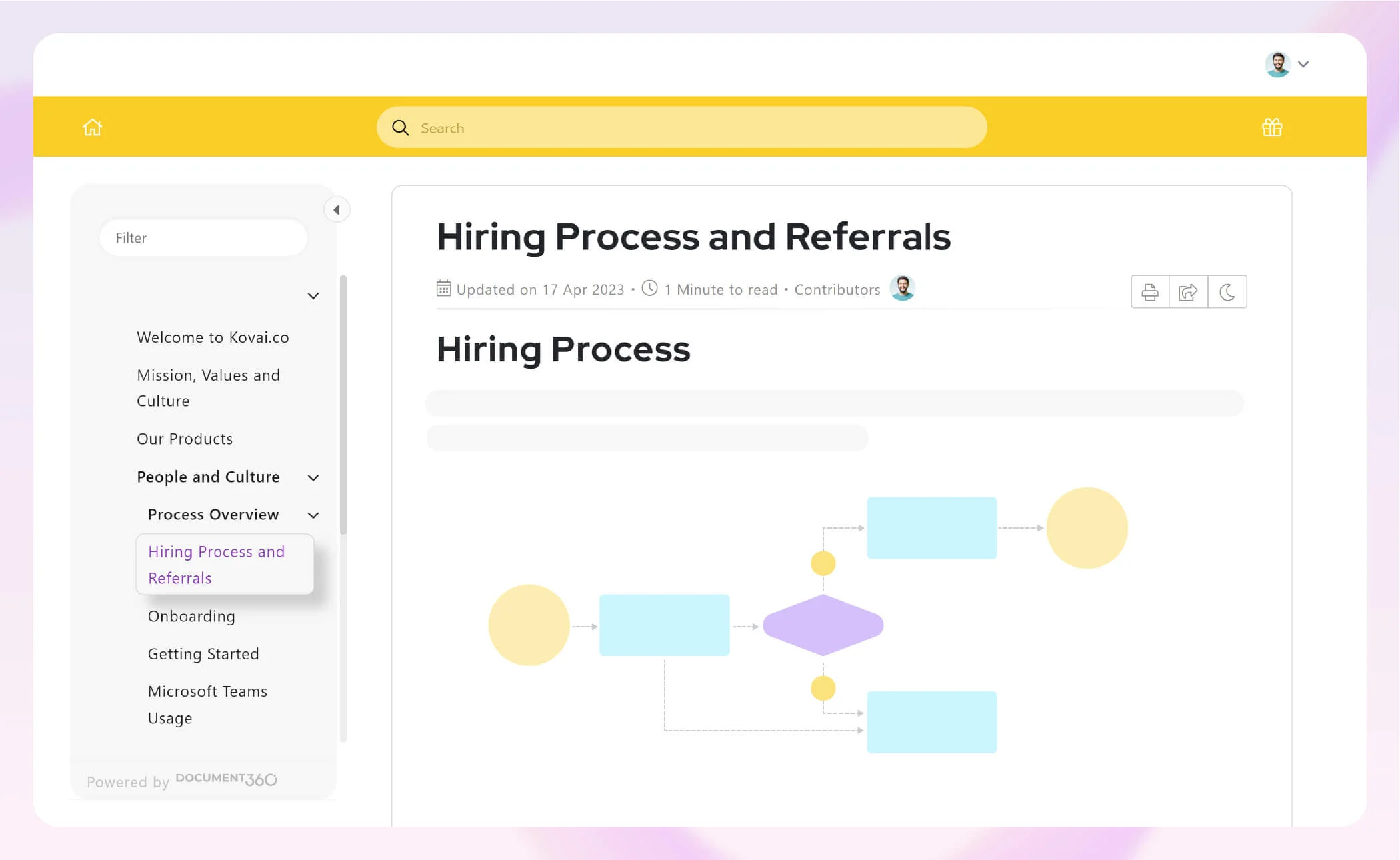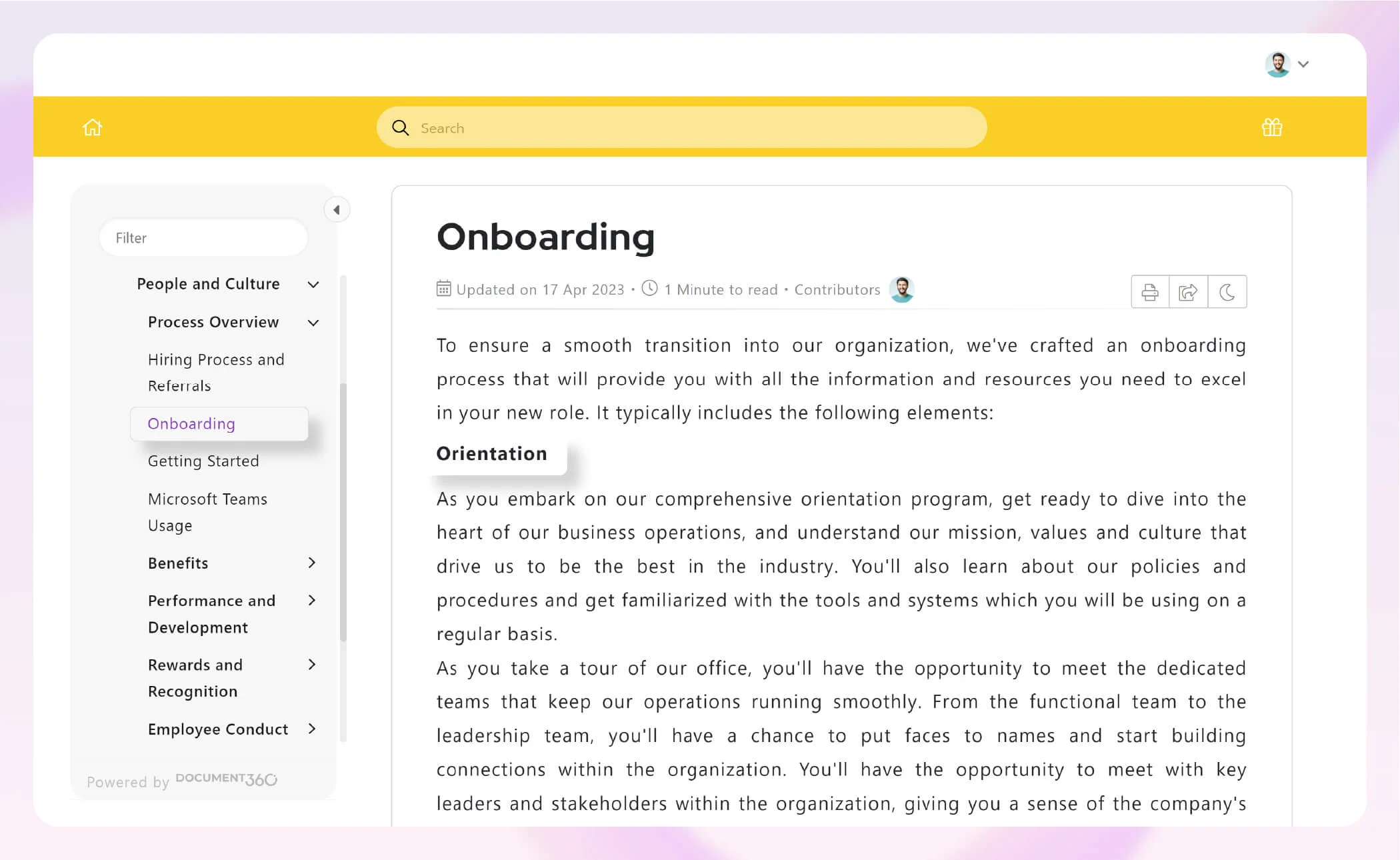Every business revolves around repeatable processes that ensure the successful and streamlined running of the company. Any company, big or small, must implement processes that allow all the various employees and departments to coordinate together to help customers.
Although process implementation may not seem like the most exciting topic in the world, we’re going to show you why you need to implement new processes to ensure that your business will flourish. Likely, as Head of Ops, you’ll be responsible for overseeing the processes for the entire organization and be best placed to implement improvements.
Processes shape the entirety of the company and must be coordinated between departments in order to be effective. Correctly evaluating the state of processes within your company, as well as creatively envisioning a new plan is key to successful process implementation.
What is Process Implementation?
First, what is process implementation? It’s when businesses proactively adopt new and improved processes to streamline operations, from conception of the process to execution, evaluation, and adoption. Although one person, such as the Head of Ops, might be responsible for coming up with and implementing new processes, everyone in the organization must buy in to process implementation to achieve tangible results.
All businesses will have processes, but not all will be required to improve them. Only the most competitive and agile businesses will recognize the need to refine and develop their processes in order to ensure that every action taken is necessary and adds value.

Example of Documentation process
Implementing processes requires the correct documentation and software for employees to collaborate. Processes are usually carried out by more than one person and have far-reaching effects across the organization. Transparency is key in process implementation, and documenting processes increases the chances of adoption.
Benefits of Process Implementation
Now, we will look at some of the main benefits of process implementation within your organization.
Structured Workflow
Your workflows will become more structured when you implement processes. Instead of conducting tasks on an ad-hoc basis, employees can learn what is expected of them, which will also help train new hires. Processes provide cover for employees who are on leave or absent for some reason, and your operations will become more consistent and repeatable.
Effective Resource Utilization
You can utilize your resources more effectively when you know which processes you need to put in place. Instead of wasting resources on processes that are redundant, you can redistribute them to where they are needed. You’ll be able to see where processes are being duplicated across the organization and be able to streamline them, ensuring the right people are taking care of business.
Improved Quality by Reducing Errors
Making processes explicit and implementing new ones means that you can improve quality by reducing errors. Documenting your new processes step-by-step shows your employees how to complete them and defines exactly what constitutes success. If a process is error-prone, you can refine it to make it better and ensure that employees are well-equipped to do their jobs.
Compliance and Risk Mitigation
When employees have new processes to follow this can increase compliance and reduce the risks inherent in conducting business. Following regulations is more feasible when each step is documented for employees, and enables them to question authority if they believe a process is wrong. Safety rules and regulations can be observed when employees understand exactly why a process must be conducted in a certain way.
Promotes Adaptability and Innovation
Employees can adapt more effectively and innovate more successfully with process implementation. Instead of relying on processes that are fixed and immutable, businesses can evolve in a direction that suits their customers and their business models. Employees and departments can respond to consumer demand and market changes if processes are flexible. Regularly reviewing processes means you can stay competitive and agile.
Enables Businesses to Scale
Smaller businesses may be in less need of formal processes but if they want to grow then process implementation is essential. Taking business processes from informal and ad-hoc to standardized and repeatable means that businesses can scale their operations while retaining what was effective about their smaller model. Processes need to grow with the business instead of restricting change.
Steps to Successful Process Implementation
We will now look at the key steps you must take in order to successfully implement new processes in your business.
1. Establish Specific Goals and Objectives
First and foremost, you need to establish the purpose of your existing processes before you can understand how to improve them. Clearly defining what you want to achieve with your processes, gathering examples and working through the data help you to develop new processes that can later be implemented. If employees understand why a process needs to be overhauled they will be more likely to follow it.
2. Develop a Process Implementation Plan
A process implementation plan means you can outline your new processes in much more detail and find out whether your implementations are viable. It’s essential to understand how the process will be carried out, who is responsible, and what the intended result should be. You need to make it clear how you will improve any existing processes and how this will enhance output.
Components of a Process Implementation Plan
Here are the top components of a process implementation plan for you to include, in order to provide your business with a roadmap for change.
Aims and Objectives
Start off with the aims and objectives of your plan so you know what you want to achieve. Existing processes must be inadequate in some way so you should know how you will improve them, and what success will look like.
Structured Timelines and KPIs
In order to increase the chances of success you must include structured timelines and KPIs so you will know when you should have achieved your goals by. Setting a limit on when it will be sensible to have achieved your goals is key to successful implementation since you have a target to aim for.
Risk Mitigation
Identifying the relevant risks in implementation means you can avoid potential pitfalls. By anticipating possible risks, you can increase the likelihood of success and improve the allocation of resources to prevent mistakes. Develop a contingency plan that you will execute if anything goes wrong, and your business will be in safe hands.
Allocation of Resources
Allocating resources appropriately means you will ensure that each process you implement is adequately staffed and funded without running to excess. Refining your processes means you can conserve and redistribute resources to where they are truly needed, instead of guessing about the budget and manpower that you might need.
3. Map Out the Risks
Before you embark on your process implementation, assessing risks in a map is essential so that you don’t waste time and endanger the business. Your new processes may be detrimental to the business so you need to accurately map out where problems might arise so you can circumvent them. Risks are usually something you cannot control such as loss of staff, market changes or budget limitations.
4. Acquire the Necessary Tools and Resources
While processes are carried out on a day-to-day basis and don’t necessarily require specialist equipment, sometimes you’ll need particular tools to document processes and share them. Process documentation tools like Document360 enable you to document step-by-step processes in a user-friendly knowledge base and share with restricted access to your target audience.

Schedule a demo with one of our experts to take a deeper dive into Document360
Book A Demo
5. Delegate Responsibilities and Tasks
You can’t carry out your new processes alone. You’ll need to share the processes among your colleagues and ensure that everyone knows who is responsible for what. Different departments may need to coordinate processes and change their operations depending on what the new processes require. When each person has responsibility for different processes and knows who to delegate to, this reduces the risk of rework or tasks slipping through the cracks.
6. Provide Training to the Team
Training will likely be required before your team members are ready to step into their new roles. Rolling out Standard Operating Procedures (SOPs) means that colleagues can learn what is expected of them and you must ensure they have access to the process knowledge base containing the step-by-step guides. Employees must be onboarded into the new processes to ensure that they adapt their existing ways of working, which can only be achieved through thorough training.
7. Execute and Oversee the Progress of the Implementation
Once you’ve implemented the plan, you’ll need to oversee the progress made and ensure that employees have adequate support to adopt their new processes. Bringing a plan to life makes it likely that you’ll need to refine the plan to suit changing circumstances and adapt to new requirements. Reviewing your efforts and evaluating your progress against your initial objectives are crucial for measuring success, but also being flexible enough to respond to change.
Also, check out our article: Process Improvement Tools
Best Practices of Process Implementation
Once you’ve implemented your new processes, you’ll be pleased to hear there are certain best practices you can follow to increase your chances of success.
Alignment through Communication and Feedback
Although you may be the Head of Ops in charge of implementing the new process plan, you’ll want to continuously gather feedback and communicate clearly with your team members to ensure a free flow of information. Change can be hard and employees need to understand why they are being asked to adopt new processes when they may have previously been satisfied with their ways of working. What is good for the business is good for employees since it ensures your long-term survival.
Utilizing Process Documentation Software
As we’ve already mentioned, you’ll need to document your processes when implementing your new plan across the organization. Using a tool like Document360 means you can easily capture your processes with a user-friendly interface that allows you to write in Markdown or WYSIWYG. AI supercharges your ability to create context-rich, structured content that provides easy access for your users.


Employee Involvement and Training
Involve employees in the development of your processes and ensure they are trained in its implementation. Your employees will also be able to tell you which processes might be unworkable and be able to advise on more viable alternatives, so ensure that those on the ground feel heard. Employee involvement also increases the likelihood that your new processes will be adopted as employees will feel part of your initiative.
Continuous Monitoring and Adjustment
Implementing new processes isn’t just a case of setting it and forgetting it. Continuous monitoring and adjustment is required if you are to adapt to a changing environment and ensure that your processes serve the needs of your employees and customers. You may be conducting a broad review of every process, but it’s the smaller changes that add up to make a big impact over time.
Wrapping Up
Implementing new processes in your organization requires careful evaluation, forethought, and caution, in order to avoid disrupting existing business operations. Your organization has survived well enough until now, but updating your processes has the potential to achieve massive productivity and efficiency gains as well as an increase in profits.
Using a plan can help you implement your processes more effectively as well as regularly reviewing and evaluating your strategy. Team members can be your best source of feedback as you revise and update their ways of working to drive business growth and improve every area of operations.
By wasting fewer resources on outdated processes, that’s more money you can spend on improving the business and creating loyal customers. Implementing new processes requires documentation with useful tools such as Document360 so everyone in your team can learn what they are.
An intuitive SOP Software to easily add your content and integrate it with any application. Give Document360 a try!
GET STARTED







